We’ve long liked temporary “parade” sculpture trails in London – they make exploring a neighbourhood even more interesting, if around the corner is one of
More...
Highlighting the best London maps

We’ve long liked temporary “parade” sculpture trails in London – they make exploring a neighbourhood even more interesting, if around the corner is one of
More...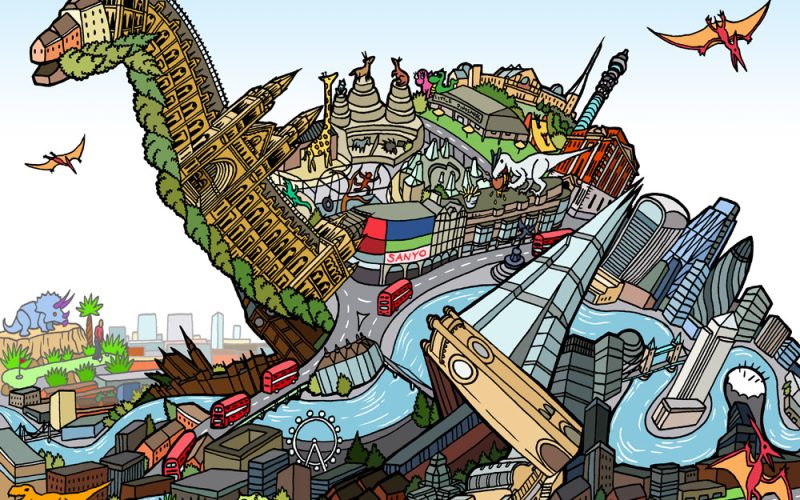
To celebrate the opening of a Jurassic Park pop-up shop at the Natural History Museum in London this week (the popup is to mark 30
More...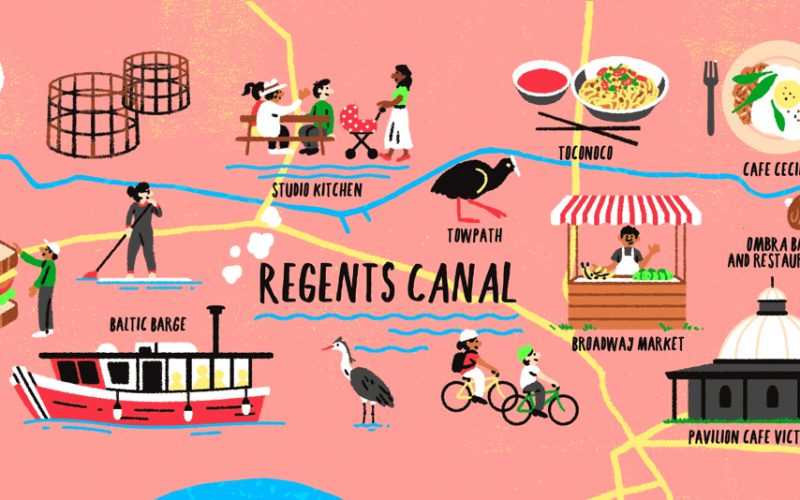
Following on from the colourful map of curry restaurants along the new Elizabeth line, Mapping London spotted this earlier map in the FT Globetrotter series,
More...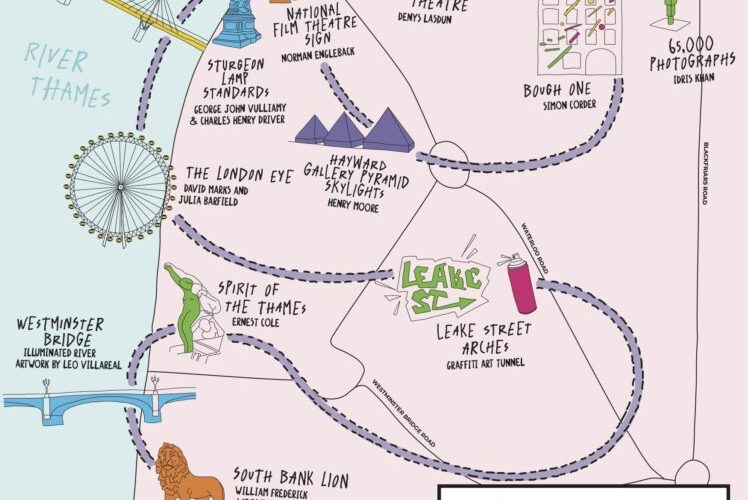
As a complement to the Illuminated River map we featured previously, which shows the central London bridges that are lit up with LED-light-based visualisations, South
More...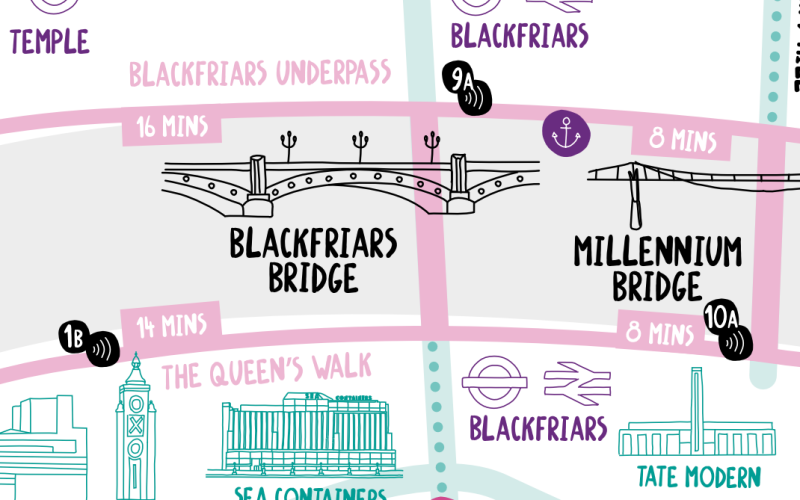
The Illuminated River is a long-term LED light installation on a number of bridges spanning the Thames in central London. At sunset until 2am each
More...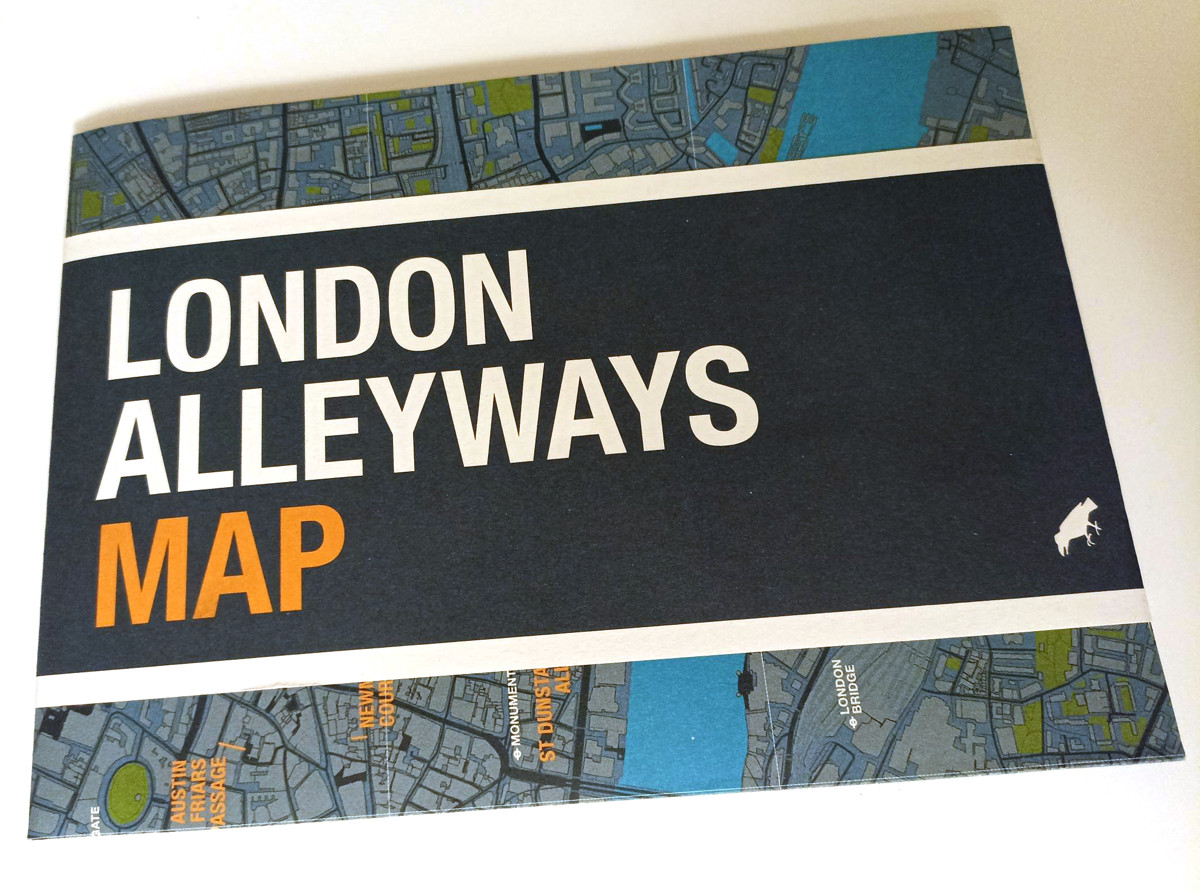
The new map is the latest in a long line in attractively packaged, specialist maps from Blue Crow Media which highlight the locations of a
More...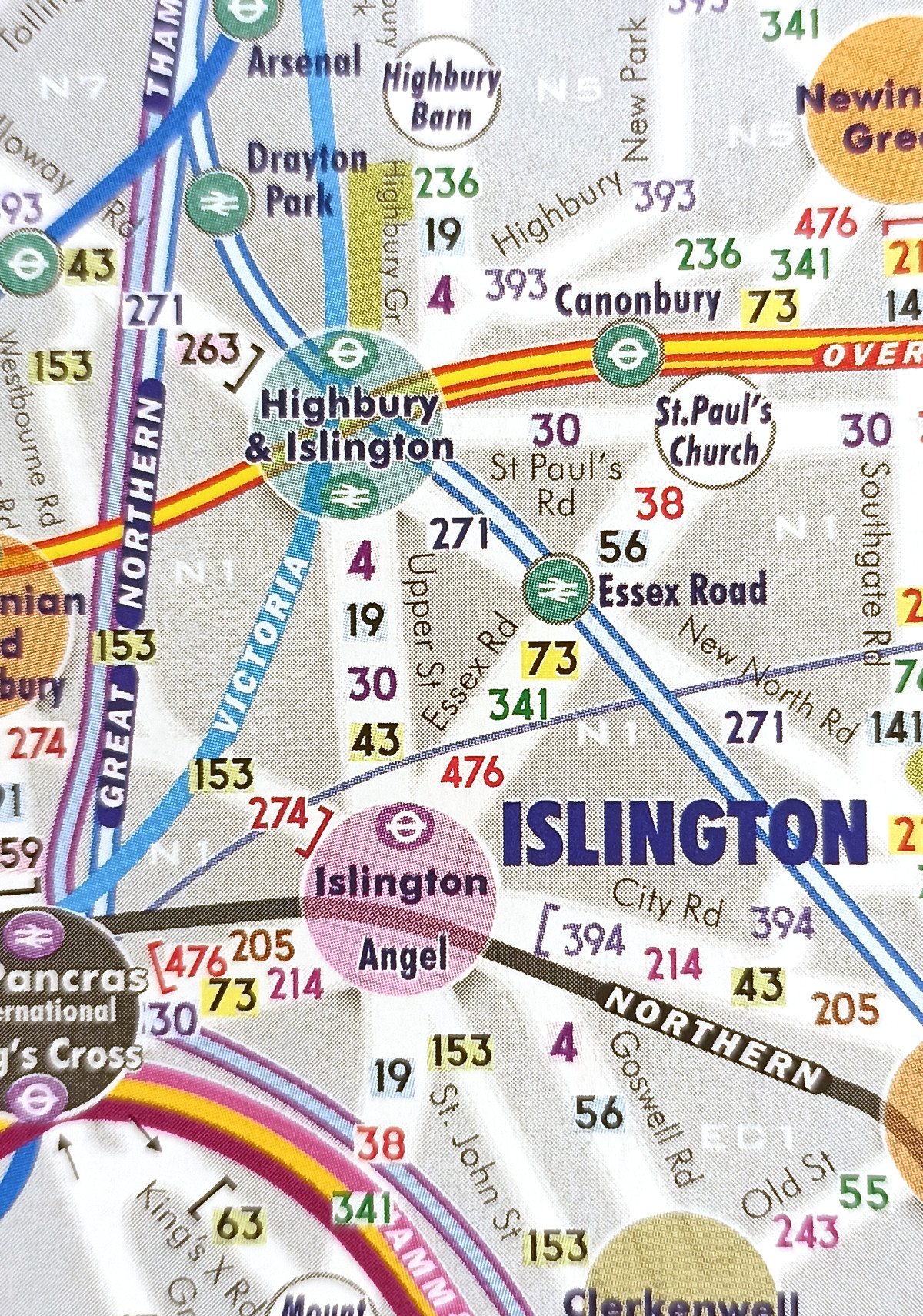
Central London has long been a spatial challenge for tourists and others unfamiliar with it. It’s very big, and most of it isn’t built on
More...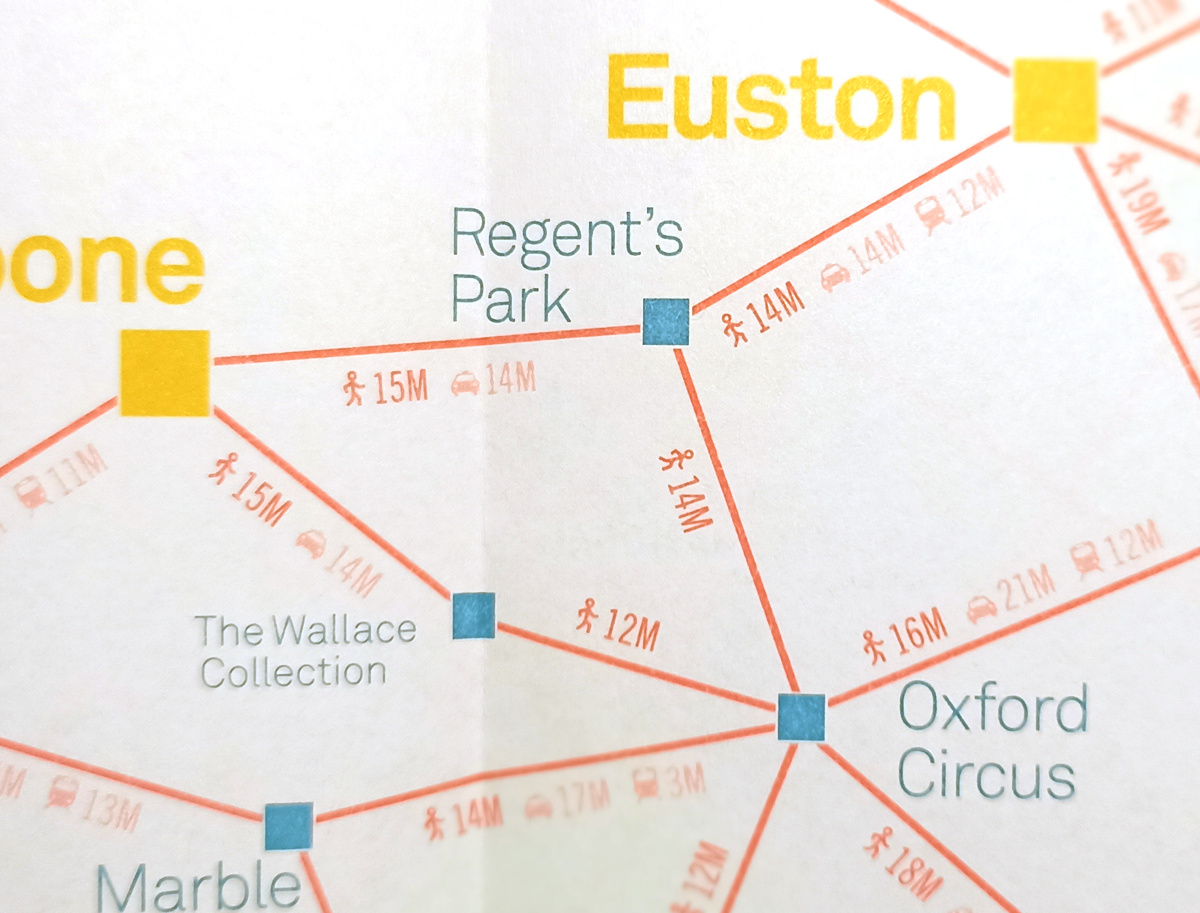
Various central London locations are this week, as part of London Car Free Day (which is today!), stocking free copies of a paper map (you
More...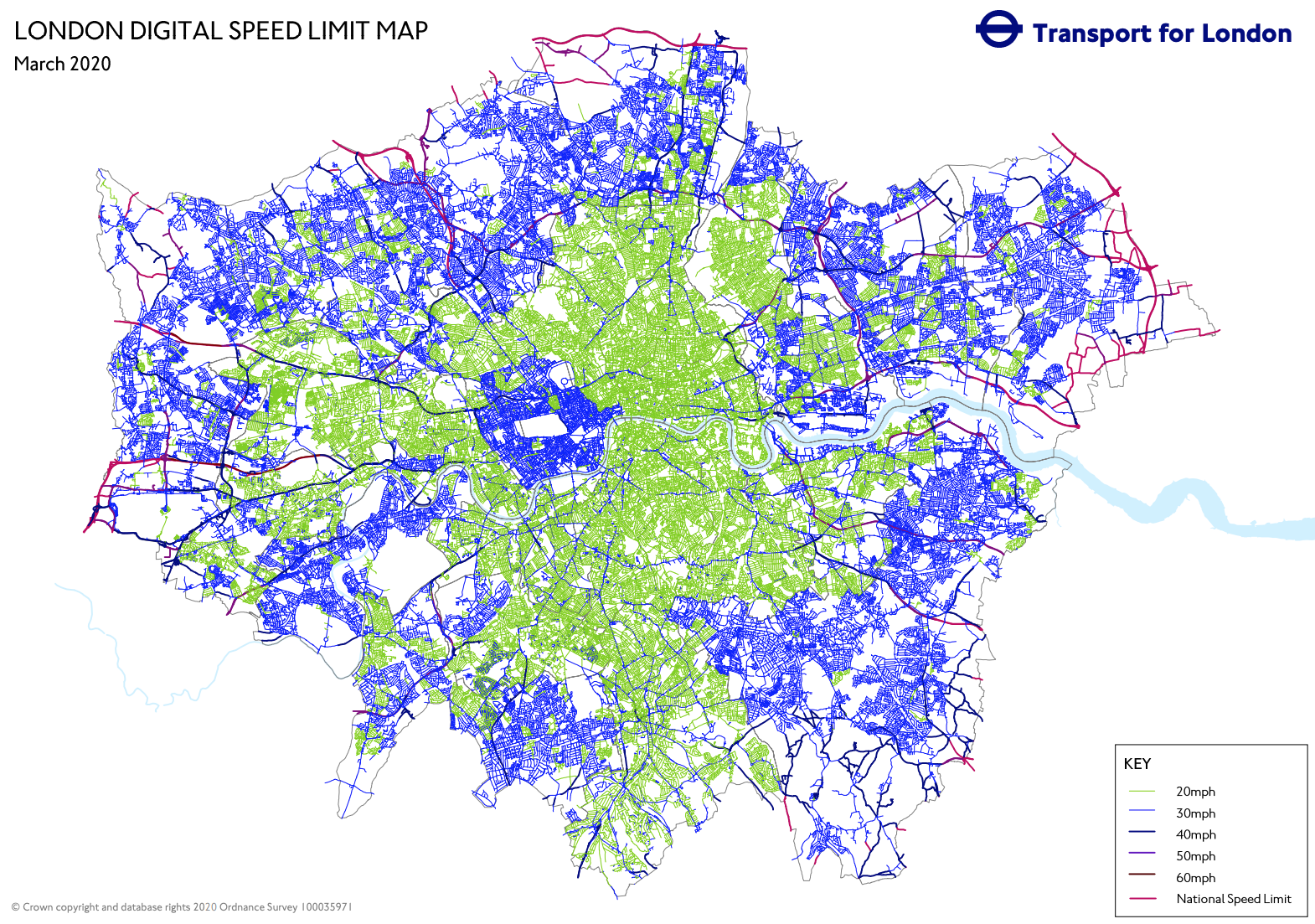
The London Greenground Map, by designer Helen Ilus (Hi Design), takes its inspiration from the famous tube map to create a network of walking routes,
More...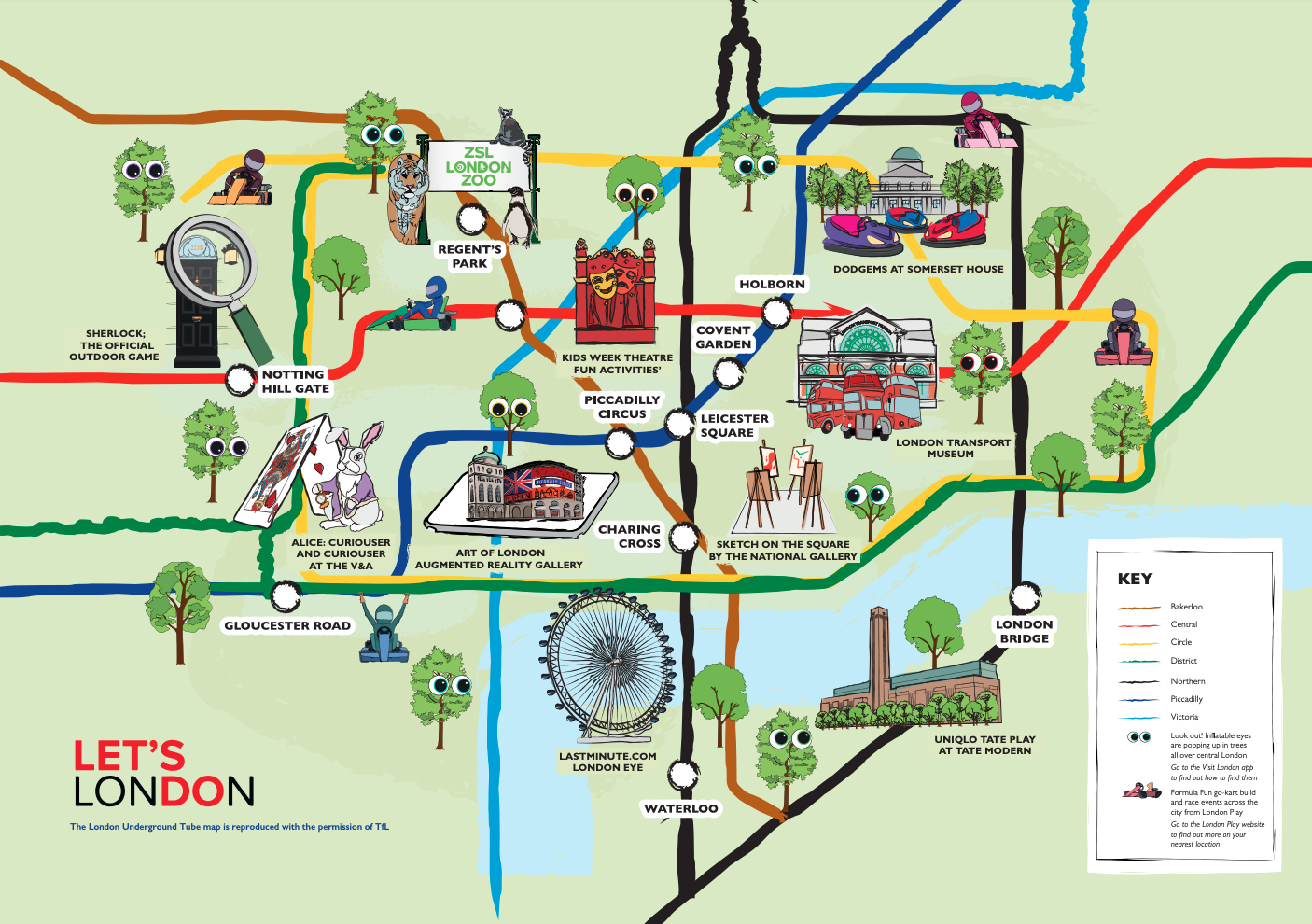
After nearly a year and a half when much of London has been staying away from its central business district, there’s a big push to
More...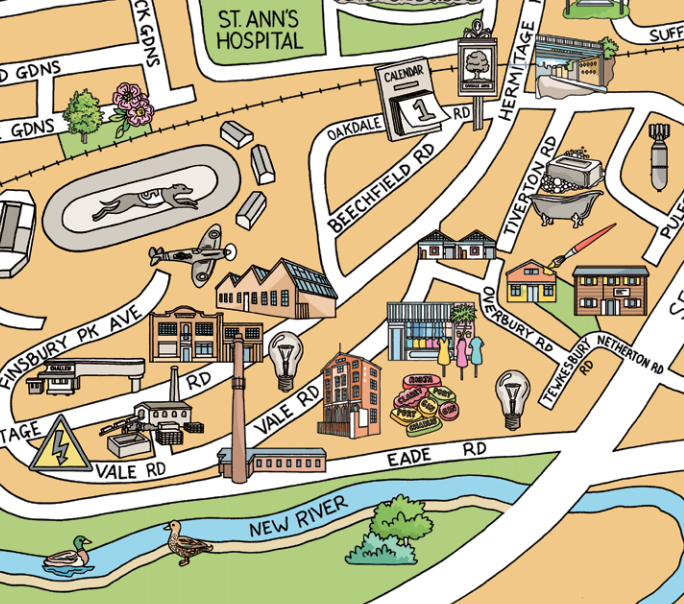
We’ve all had plenty of to explore our local areas, over the last year, with several lockdowns and other movement restrictions meaning that our local
More...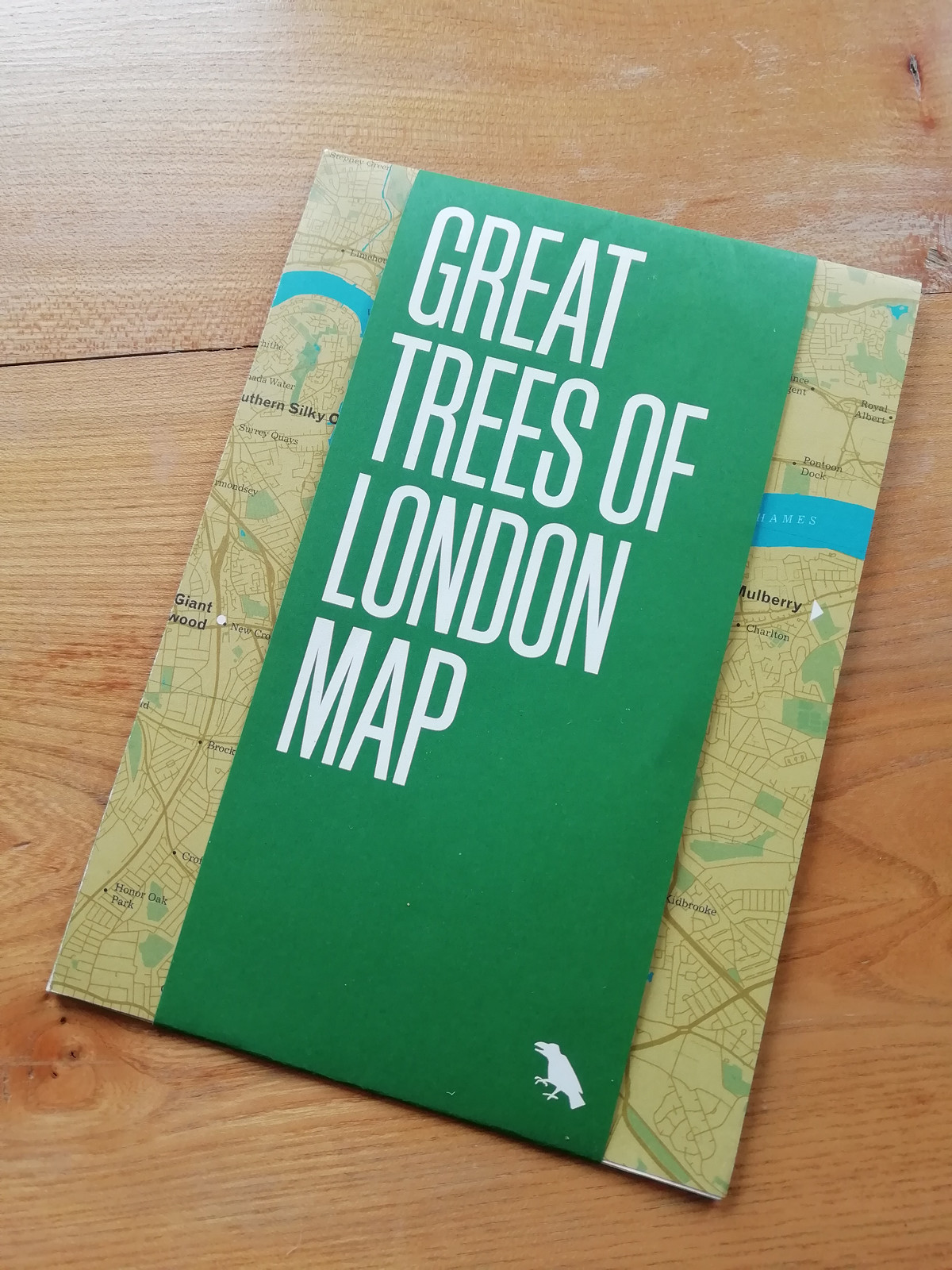
Blue Crow Media, long-time makers of bespoke themed maps of London and other places, have switched from their regular architecture focus and produced a lovely
More...